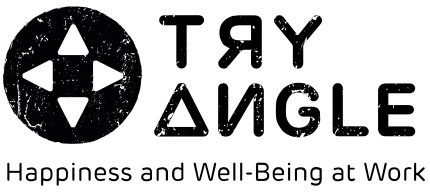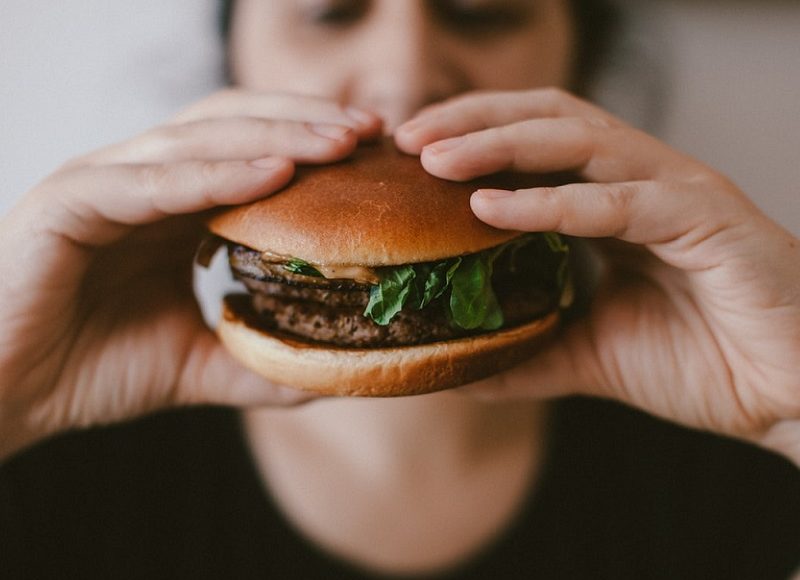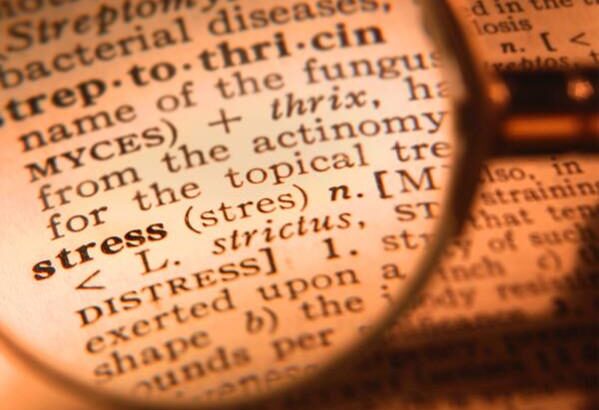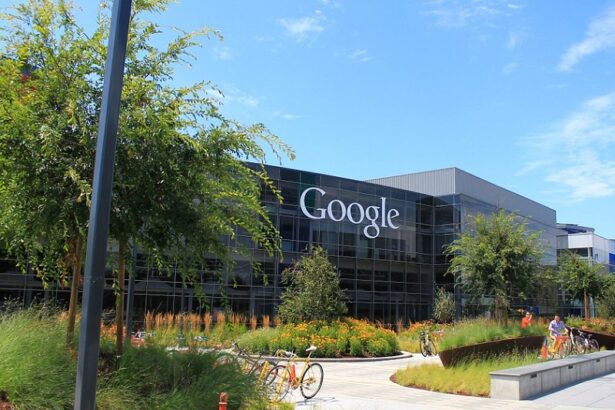Have you ever experienced suddenly reaching the bottom of a bag of chips or wanting to snack on a bar of chocolate and being surprised to find that you already finished the whole thing? Sounds familiar? Then don’t be too hard on yourself. After all, you are a victim of the food industry and the processed foods that transforms us into addicts.
The bliss point
Ever heard of this term? This so-called “bliss point” appears to be the holy grail of the food industry. The term was coined by an American market researcher and psychoanalyst, Howard Moskowitz, known for his work in making soft drinks and pasta sauces, and refers to the point at which sugar, fat or salt are blended to delicious perfection making it irresistible.
A healthy brain in a healthy body knows when we are satisfied on a culinary level. When you’ve eaten enough, you get a satiety signal. But the bliss point changes that. American research shows that a high-energy diet of fatty, sweet foods leads to compulsive overeating in rats. The more the rats eat, the more they have to eat the next time to experience the same level of satisfaction. This is what sugar addiction looks like.
Several studies have compared sugar addiction to the effect of illegal drugs. And what does the results show? The impact of sugar on dopamine is similar to the effect of cocaine and heroin on the brain.
The food industry spends a lot of money to develop these foods. They work with neuropsychologists to optimize the impact on the brain. This is how the bliss point causes the release of dopamine, the happiness hormone that gives us a sense of reward and pleasure. Thus, you associate certain foods with feeling happy which causes your brain to tell you to eat these whenever you are stressed or in need of comfort.
Addiction
Unfortunately, the bliss point is not limited to candy, but the concept is also applied to foods that are considered “healthy.” In his bestseller “Salt Sugar Fat: How The Food Giants Hooked Us,” American journalist Michael Moss explains how the food industry plays with sugar, fat and salt to get us hooked and keep us hooked while even giving the appearance of being healthy products.
Many nutrition experts agree and point to the often long list of ingredients in so-called “healthy” products. Sugar – or one of its many synonyms – is often one of the first ingredients on the list. If you know that the ingredient list is built up based on the quantity of that ingredient that is being used, you can understand that processed foods often contain (too much) sugar. This also applies to so-called “healthy” products. Just look at the ingredient list of ready-made dips like guacamole or hummus. Do you expect sugar in a salad dressing or canned soup? And no doubt you wouldn’t add any sugar to your freshly made tomato sauce. Yet, sugar is one of the top ingredients in ketchup….
Who is responsible?
Should we be pointing the finger at the food industry for the sugar addiction and accompanying obesity crisis? According to Professor le Coutre, a nutrition scientist at the University of Sydney, this is a bit too easy. He makes an interesting point when he states that it would be easy to blame the food producers and become defensive instead of taking our own responsibility. It is therefore valuable to help people to take a look at their own (un)healthy eating behavior.
Let’s give a few tips to make it easier:
1. Choose more consciously what you eat
Eat unprocessed food as often as you can: Fresh vegetables, fruits, nuts, seeds, … If you still want to go for processed food, read the list of ingredients on the back of all products, even those that claim to be healthy. Compare two or three similar products and specifically look for added sugars, salt and fat.
You can also examine where sugar, salt and fat appear in the ingredient list. Is it at the top? Then the product contains a lot of them. If it is at the end, then it has been used in lesser quantities.
Finally, most ingredients lists do not distinguish between naturally occurring sugar (such as lactose in milk or fructose in fruit) and added sugar. For a product that does not contain naturally occurring sugar, a rough guideline is that there should be less than 5 grams of sugar per 100 grams.
2. Choose more consciously where you eat
Nothing is as healthy as mindful eating where you pay attention to what you eat and how you eat. Adequate chewing helps the digestion process and usually causes you to eat more slowly. This will allow you to notice more quickly when you feel satisfied.
So, if you ever have to choose between eating at the table or in front of TV, purposefully choose the quiet eating environment without any distraction. The TV won’t run away and you’ll help your body a long way by allowing it to rest while eating.
3. Know why you are eating
Eating because you are hungry is fine, but are you sure you are hungry? In some cases, you might actually just be thirsty. Or do you want something to eat because you are stressed or feeling down? In this case, it’s important to think about other strategy that doesn’t rely on food to give you the same reward, such as calling a friend for an energy boost, going for a walk, taking a warm bath or dancing to your favorite music.
It’s not easy to stop the automatic process that makes you grab for food when you don’t feel well. Try to break the habit by consciously checking why you want to eat to find out if you have a real hunger trigger.
Make your own choices
Feel free to take these three tips as a first step toward a (more) healthy lifestyle. Even though the food manufacturers have “salt, sugar and fat on their side,” dixit Michael Moss, we have the power to choose. After all, we decide what we buy, what we eat and how much we eat.
This can be quite a challenge, even when our freedom of choice can be put under pressure, not only by the food industry with this addictive bliss point, but also by the fact that healthier food today is still synonymous with more expensive food (according to research done by Sciensano). We would love to see this change urgently!





